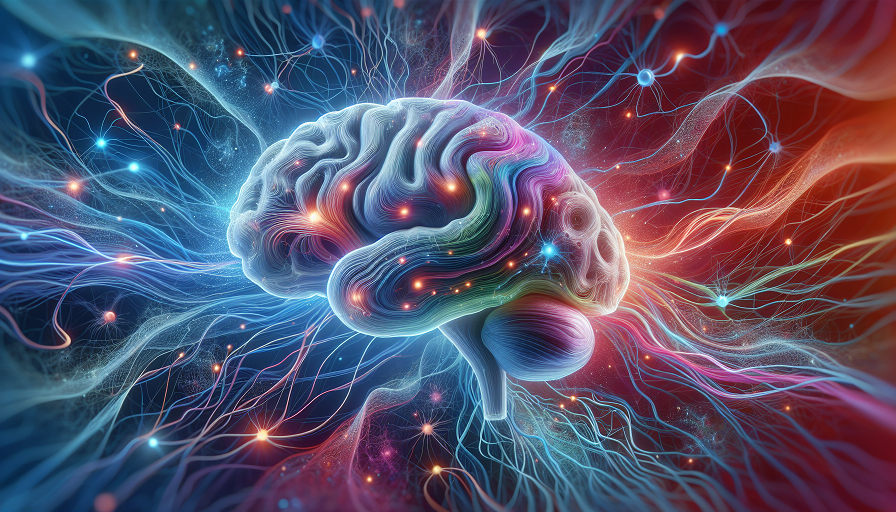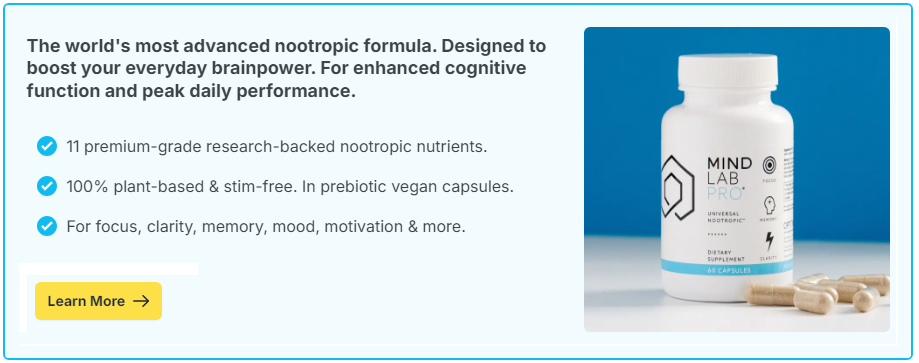
Sculpture is an art form that has intrigued humans for centuries, inviting us to shape materials into tangible forms. But did you know that the act of sculpting isn’t just about creativity and aesthetics? It also taps into a complex set of brain functions, particularly involving spatial intelligence. Let’s explore how engaging in sculpture can enhance your ability to think in three dimensions and improve your spatial reasoning skills.
Contents
Understanding Spatial Intelligence
Spatial intelligence is one of the multiple intelligences proposed by psychologist Howard Gardner. It’s the ability to visualize and manipulate objects and spaces in your mind. This type of intelligence is crucial not only for artists but also for architects, surgeons, and even athletes. It helps us read maps, pack efficiently, and imagine how pieces fit together in a puzzle.
Spatial intelligence involves various brain regions, mostly in the right hemisphere. These areas work together to help us understand sizes, shapes, positions, and distances. When you have strong spatial intelligence, navigating the world both physically and mentally becomes much easier.
How Sculpture Engages the Brain
Sculpture, by its very nature, is a physical and mental process. It requires the artist to visualize a finished product and then use their hands to bring it to life. This process engages the brain intensely, merging creativity with spatial thinking.
Visualization and Planning
Before a sculpture takes shape, artists must imagine the final piece in three dimensions. This requires advanced mental visualization, engaging parts of the brain responsible for planning and anticipating turns and angles. It’s like solving a complex puzzle but on your mind’s canvas.
Hand-Eye Coordination
As artists manipulate clay, stone, or metal, they rely heavily on hand-eye coordination. This skill involves the brain’s motor cortex, which processes information from the hands and eyes and synchronizes their movements. This coordination is essential for accuracy and efficiency in sculpting.
Problem-Solving and Adaptation
Sculptors often face unexpected challenges, such as a piece breaking or not turning out as planned. This pushes them to think creatively and adaptively, stimulating the brain’s executive functions. These cognitive processes involve managing thoughts, actions, and emotions to achieve complex goals.
The Benefits of Sculpting for the Brain
Participating in sculpture doesn’t only enrich one’s creative skills but also strengthens brain functions. Here are some of the brain-boosting benefits of sculpting:
- Enhanced Spatial Awareness: Regular sculpting can improve your ability to judge distances and dimensions, aiding in everything from playing sports to driving.
- Improved Problem-Solving Skills: Encountering and overcoming challenges during sculpting sharpens your ability to solve problems in everyday life.
- Increased Creativity: As you brainstorm and create new forms, your creative capacities get exercised and expanded.
- Better Fine Motor Skills: Working with small, intricate details during sculpting enhances dexterity and precision.
Tips to Get Started with Sculpture
If the idea of enhancing your spatial intelligence through sculpture excites you, here are some tips to help you start:
- Choose the Right Material: For beginners, clay is an excellent choice as it’s easy to mold and less daunting than stone or metal.
- Start Simple: Begin with basic shapes and gradually move to more complex forms as your skills improve.
- Take a Class: Joining a sculpture class can provide guidance and motivation while connecting you with a community of fellow learners.
- Practice Regularly: Like any skill, regular practice leads to improvement. Set aside time each week to work on different projects.
- Observe Other Sculptures: Visit galleries or look at online collections to get inspired and learn new techniques.
The Role of Brain Supplements in Enhancing Spatial Intelligence
While engaging in sculptural activities provides a robust workout for the brain, some individuals opt to supplement their mental exercises with brain-enhancing supplements. These supplements, often referred to as nootropics, claim to boost cognitive functions including memory, focus, and, in some cases, spatial intelligence.
Common Components of Brain Supplements
Many brain supplements contain ingredients such as omega-3 fatty acids, antioxidants like vitamins E and C, and herbal extracts like ginkgo biloba, which are believed to improve brain health. Omega-3s, in particular, help maintain healthy brain cell membranes and have been associated with improved cognitive flexibility.
Potential Benefits and Considerations
While the evidence supporting the efficacy of these supplements is varied, many users report experiencing enhanced mental clarity and improved problem-solving capabilities after consistent use. However, it is important to approach brain supplements with caution. Consulting with a healthcare professional before starting any supplement regimen is crucial, particularly for individuals with pre-existing health conditions or those taking other medications.
Supporting Brain Health Holistically
In addition to considering supplements, maintaining a balanced diet, regular physical activity, and sufficient sleep play pivotal roles in supporting cognitive functions. Combining these lifestyle elements with creative practices such as sculpture not only optimizes physical health but also nurtures mental sharpness.
Sculpture, combined with a well-rounded approach to brain health, offers a unique and effective way to enhance spatial intelligence. Whether through hands-on artistic endeavors or adding brain-boosting supplements to your routine, the key is to stay curious and continuously explore new ways to challenge and engage your brain. By doing so, you’ll not only improve cognitive abilities but also enrich your artistic expression and overall well-being.

